BMW iX3 vs Hyundai IONIQ 5 – Which one offers the better deal?
Both models have their strengths – but which one suits you more?
Compare performance, efficiency, price and space directly: BMW iX3 or Hyundai IONIQ 5?
Costs and Efficiency: Price and efficiency are often the first things buyers look at. Here it becomes clear which model has the long-term edge – whether at the pump, the plug, or in purchase price.
Hyundai IONIQ 5 has a clearly advantage in terms of price – it starts at 38500 £, while the BMW iX3 costs 59100 £. That’s a price difference of around 20572 £.
In terms of energy consumption, the advantage goes to the BMW iX3: with 15.10 kWh per 100 km, it’s minimal more efficient than the Hyundai IONIQ 5 with 15.60 kWh. That’s a difference of about 0.50 kWh.
As for range, the BMW iX3 performs evident better – achieving up to 805 km, about 235 km more than the Hyundai IONIQ 5.
Engine and Performance: Under the bonnet, it becomes clear which model is tuned for sportiness and which one takes the lead when you hit the accelerator.
When it comes to engine power, the Hyundai IONIQ 5 has a clearly perceptible edge – offering 650 HP compared to 469 HP. That’s roughly 181 HP more horsepower.
In acceleration from 0 to 100 km/h, the Hyundai IONIQ 5 is decisively quicker – completing the sprint in 3.50 s, while the BMW iX3 takes 4.90 s. That’s about 1.40 s faster.
In terms of top speed, the Hyundai IONIQ 5 performs to a small extent better – reaching 260 km/h, while the BMW iX3 tops out at 210 km/h. The difference is around 50 km/h.
There’s also a difference in torque: Hyundai IONIQ 5 pulls a bit stronger with 770 Nm compared to 645 Nm. That’s about 125 Nm difference.
Space and Everyday Use: Cabin size, boot volume and payload all play a role in everyday practicality. Here, comfort and flexibility make the difference.
Both vehicles offer seating for 5 people.
In curb weight, Hyundai IONIQ 5 is noticeable lighter – 1955 kg compared to 2360 kg. The difference is around 405 kg.
Boot capacity is identical – both offer 520 L of storage.
In maximum load capacity, the BMW iX3 performs minimal better – up to 1750 L, which is about 170 L more than the Hyundai IONIQ 5.
When it comes to payload, Hyundai IONIQ 5 a bit takes the win – 530 kg compared to 465 kg. That’s a difference of about 65 kg.
Who wins the race?
The Hyundai IONIQ 5 proves to be outperforms in nearly all aspects and therefore becomes our DriveDuel Champion!
Hyundai IONIQ 5 is the better all-rounder in this comparison.
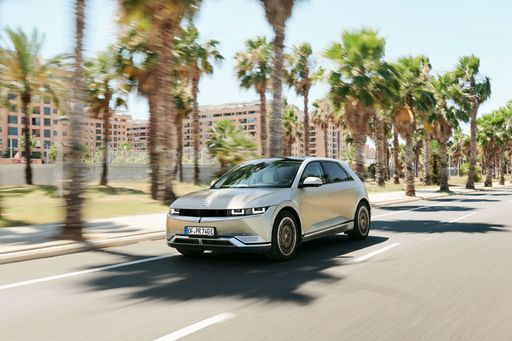
Hyundai IONIQ 5
BMW iX3
The BMW iX3 is an all-electric SUV that combines elegant design with sustainable technology, showcasing the brand's commitment to a greener future. Its refined interior offers a high level of comfort and advanced connectivity features, making it an attractive option for tech-savvy drivers. With its dynamic performance, the iX3 provides an engaging driving experience, proving that environmentally conscious solutions don't have to compromise on driving pleasure.
details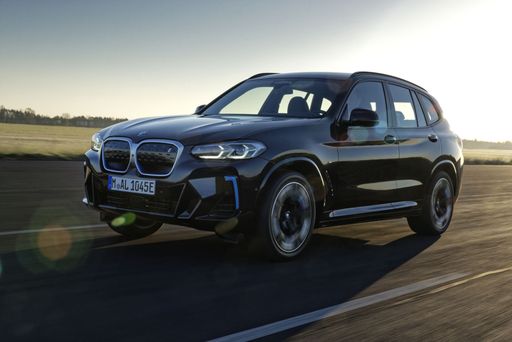 @ press.bmwgroup.com
@ press.bmwgroup.com
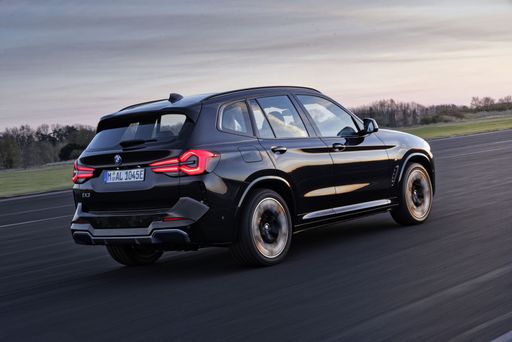 @ press.bmwgroup.com
@ press.bmwgroup.com
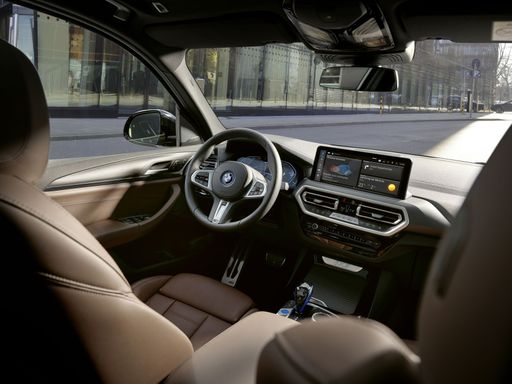 @ press.bmwgroup.com
@ press.bmwgroup.com
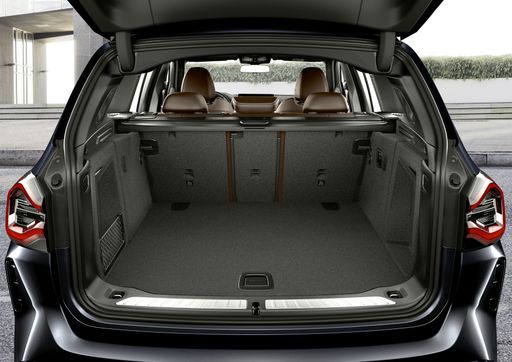 @ press.bmwgroup.com
@ press.bmwgroup.com
Hyundai IONIQ 5
The Hyundai IONIQ 5 showcases a bold and futuristic design that captures attention with its striking facade and sharp lines. This electric vehicle offers an impressive blend of performance and efficiency, making it a compelling choice for environmentally conscious drivers. Inside, the spacious and tech-forward interior provides a comfortable and engaging driving experience for both driver and passengers.
details @ hyundai.news
@ hyundai.news
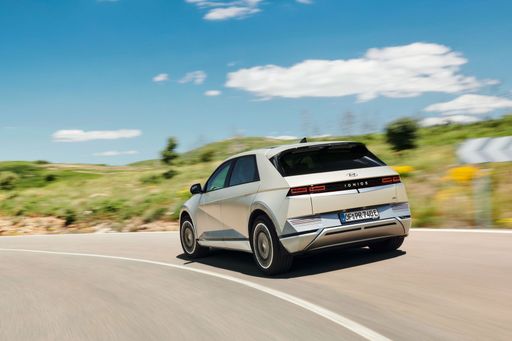 @ hyundai.news
@ hyundai.news
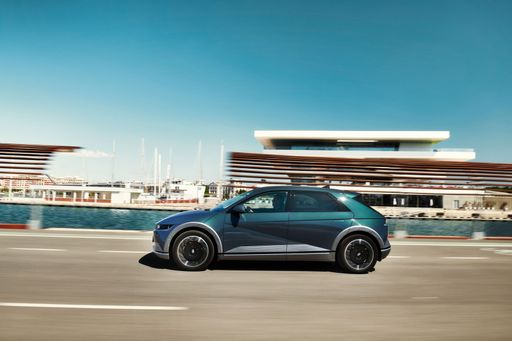 @ hyundai.news
@ hyundai.news
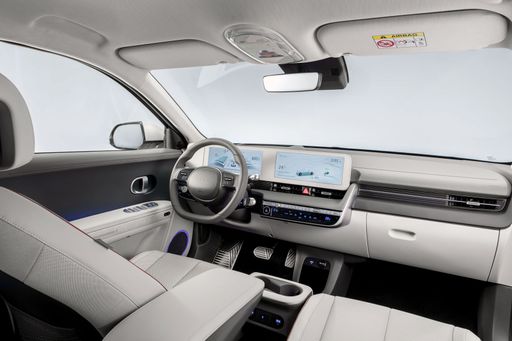 @ hyundai.news
@ hyundai.news
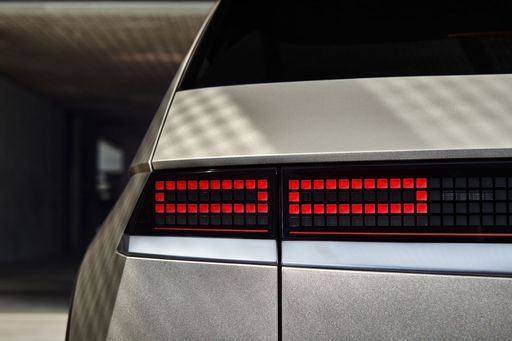 @ hyundai.news
@ hyundai.news

|

|
|
|
|
Costs and Consumption |
|
|---|---|
|
Price
59100 - 64600 £
|
Price
38500 - 64200 £
|
|
Consumption L/100km
-
|
Consumption L/100km
-
|
|
Consumption kWh/100km
15.10 kWh
|
Consumption kWh/100km
15.6 - 21.2 kWh
|
|
Electric Range
805 km
|
Electric Range
440 - 570 km
|
|
Battery Capacity
108.70 kWh
|
Battery Capacity
63 - 84 kWh
|
|
co2
0 g/km
|
co2
0 g/km
|
|
Fuel tank capacity
-
|
Fuel tank capacity
-
|
Dimensions and Body |
|
|---|---|
|
Body Type
SUV
|
Body Type
SUV
|
|
Seats
5
|
Seats
5
|
|
Doors
5
|
Doors
5
|
|
Curb weight
2360 kg
|
Curb weight
1955 - 2275 kg
|
|
Trunk capacity
520 L
|
Trunk capacity
480 - 520 L
|
|
Length
4782 mm
|
Length
4655 - 4715 mm
|
|
Width
1895 mm
|
Width
1890 - 1940 mm
|
|
Height
1635 mm
|
Height
1585 - 1605 mm
|
|
Max trunk capacity
1750 L
|
Max trunk capacity
1540 - 1580 L
|
|
Payload
465 kg
|
Payload
385 - 530 kg
|
Engine and Performance |
|
|---|---|
|
Engine Type
Electric
|
Engine Type
Electric
|
|
Transmission
Automatic
|
Transmission
Automatic
|
|
Transmission Detail
Reduction Gearbox
|
Transmission Detail
Reduction Gearbox
|
|
Drive Type
All-Wheel Drive
|
Drive Type
Rear-Wheel Drive, All-Wheel Drive
|
|
Power HP
469 HP
|
Power HP
170 - 650 HP
|
|
Acceleration 0-100km/h
4.90 s
|
Acceleration 0-100km/h
3.5 - 8.5 s
|
|
Max Speed
210 km/h
|
Max Speed
185 - 260 km/h
|
|
Torque
645 Nm
|
Torque
350 - 770 Nm
|
|
Number of Cylinders
-
|
Number of Cylinders
-
|
|
Power kW
345 kW
|
Power kW
125 - 478 kW
|
|
Engine capacity
-
|
Engine capacity
-
|
General |
|
|---|---|
|
Model Year
2026
|
Model Year
2024
|
|
CO2 Efficiency Class
A
|
CO2 Efficiency Class
A
|
|
Brand
BMW
|
Brand
Hyundai
|
What drive types are available for the BMW iX3?
The BMW iX3 is available as All-Wheel Drive.
The prices and data displayed are estimates based on German list prices and may vary by country. This information is not legally binding.
